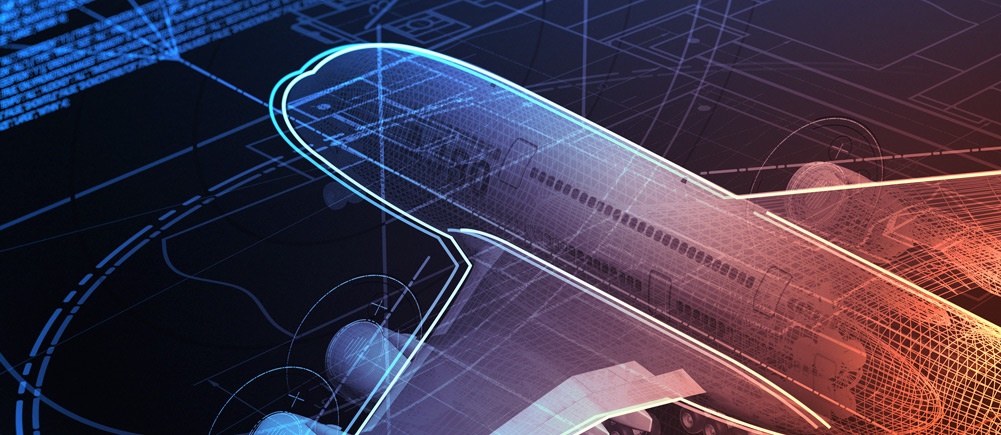Why The Aviation Industry Needs to Hurry Up With IoT Implementation

Case Study: Online Gaming Company’s Usage of Data Analytics Is No Child’s Play
October 4, 2016
BigInsights Data Innovation Awards
November 3, 2016With their billions of annual captive customers, one would think that airports, and by logical extension, airlines, were prime candidates for the implementation of the Internet of Things (IoT) technology to improve passenger experience, yet, there’s not been much progress there.
Yes, airlines and airports have started “experimenting” with IoT, but unlike say the health or medicine sector, progress has been comparatively slow. Areas where IoT can prove to be a great asset are baggage handling, equipment including avionics monitoring and passenger communication; in fact, the entire passenger experience from door to aircraft to door.
According to a 2015 Airline IT Trends Survey produced by SITA in association with Airline Business, only about 37% of global airlines had allotted some kind of budget for IoT implementation, while 58% were planning to invest resources in the IoT with “emphasis on pilot projects”, and about 16% were preparing for major deployment.
Where the airlines and IoT are concerned, the former needs to understand that deploying IoT based tech such as beacons, smart luggage trackers and fuel monitors will help cut down on time as well as financial mismanagement. A buck saved is a buck earned, after all.
On the passenger facing side, there’s enormous scope for IoT tech implementation. I’ve already mentioned baggage and passenger handling, but matters such as fuel efficiency, even the tracking of pets in transit, are areas where this tech will yield positive results.
Questions that IoT can addressTypically, as all of us who have flown know, an air traveller’s journey is in 4 parts: Before the journey: Is flight on schedule, what about traffic conditions, etc At the airport: How long is the check-in queue, where’s my gate, where’s the nearest food court, etc In the aircraft: What’s on the menu, will I get the inter-connecting flight After the journey: Hope my baggage is on the carousel, but where’s the carousel, where’s the lost luggage counter, and so on The versatility of IoT tech is such that it can address problems in all four areas. |
One other reason for the IoT adoption time lag in the airline industry is the complex integration issues, given that the aviation industry’s other “business”, outside of ferrying passengers, is handling cutting edge technology. So CIOs or CTOs should be able to figure out how to assimilate IoT based tech in existing IT infrastructure.
To be fair, a majority of the airlines have acknowledged that IoT will generate benefits for them in the coming years. The technology retains the potential to alleviate passenger pain points, including luggage handling and inter-flight connections.
Some successful user case
London City Airport, for example, which initially implemented a pilot project about two years ago - the first major airport in the world to test how IoT could help operations - has come to realise the potential of this game-changing technology.
Miami airport in the United States, which handles approximately 20 million passengers a year, turned to web-connected sensors and apps to help improve a passenger’s travel experience. Last year, it debuted a mobile app called MIA Airport Official on iOS and Android devices. The app uses a network of beacons around the airport to provide detailed information to passengers based on their location and needs. Each of the beacons is about a stack of pennies and so are easy to install. The app provides directions throughout the huge airport and helps passengers to find restaurants and baggage carousels.
In 2014, US carrier JetBlue fully automated the check-in process who booked its ‘Even More Space’ seats on domestic flights. A day before departure, passengers receive a ready-to-print boarding pass via email, plus an option to download a pass via the JetBlue iOS or Android mobile apps.
The future
With international air traffic set to grow by about 7% annually in the short term, here’s what the aviation industry should be doing - using IoT, to rapidly improve passenger experience, both on the ground and in flight:
Like other industries, digitally transform the business
Use Big Data and analyse it into actionable information to become more agile
To make airport and airline operations more responsive and real time
To use existing IT resources to maximize operational efficiency and passenger experience
Perhaps, what stops airlines from “going the whole hog”, is the lack of finance, coupled with the “fear of grappling with new technology”, and then, the security aspect. Such lack of zeal on part of the airlines is understandable to an extent, but airports surely are no strangers to technology.





